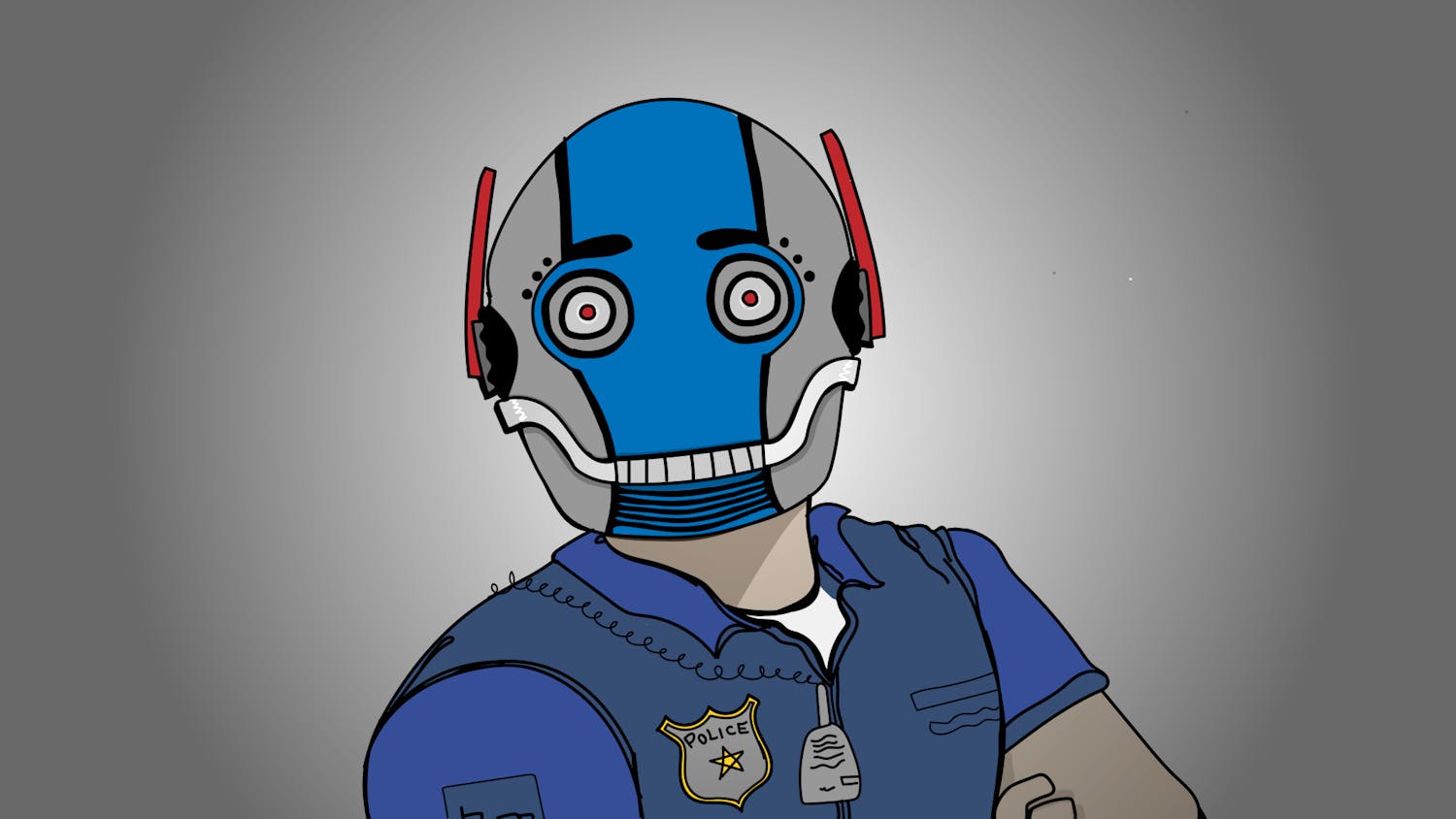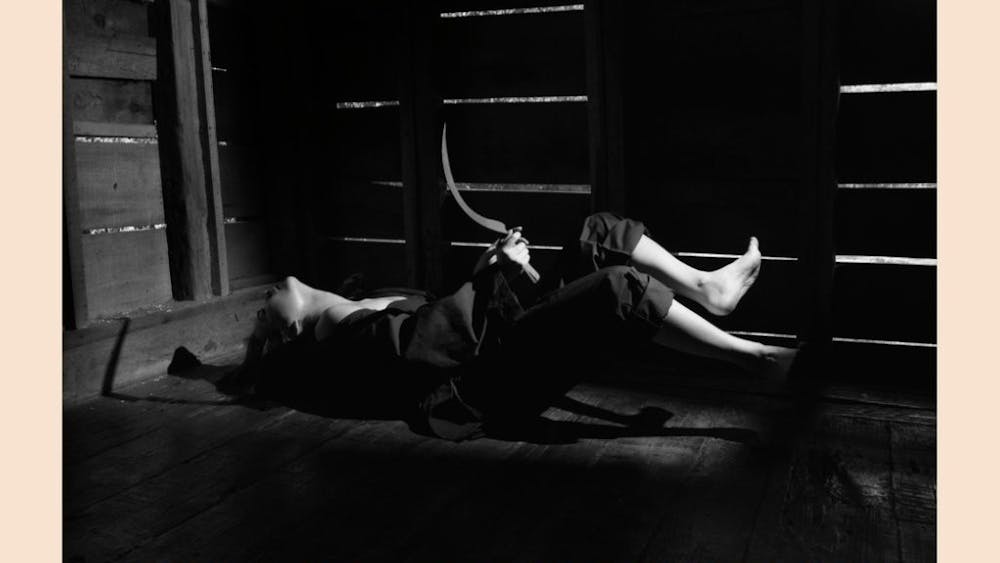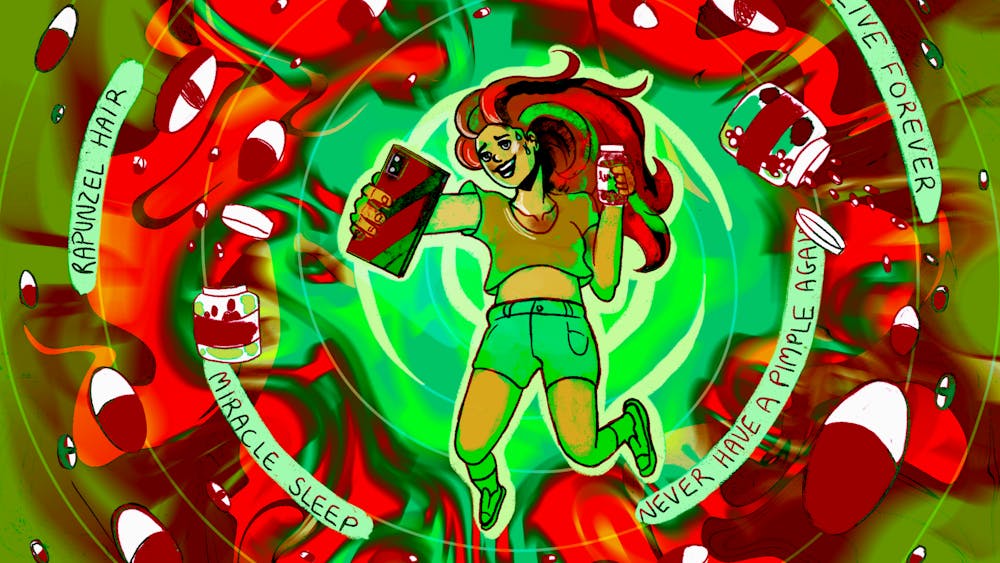I hope you have everything set for Halloween. After all, you only have ...\nWhat? There are still 28 days left?!!\nNevertheless, costumes, props, decorator items and CANDY, CANDY, CANDY appeared at the start of September. Fellow connoisseurs of the local Wal-Mart might have observed the room normally dedicated to gardening supplies is already filled with equipment for celebrating the holiday on a monumental scale: giant inflatable grim reapers, fog machines, Christmas lights rigged with black light bulbs, animatronic dancing pirates and more.\nIt's an old joke that stores bring out Christmas stuff earlier and earlier -- but, there's an economic reason: the Thanksgiving-to-New Year's period sees the year's greatest amount of consumer spending. Sales during this period are critical to many industries: jewelry, for example. No wonder stores want us in the spirit early.\nBut Halloween? Sure, there's plenty of consumption from assembling a costume to buying treats to hosting a Halloween party. But it hardly compares to buying gifts for the winter holidays. Are the store owners nuts?\nNo, they're not. A National Retail Federation survey has reported that consumers are expected to spend $3.3 billion on Halloween, a 5.4 percent increase from 2004 (which, in turn, saw a similar increase from 2003). Though $3.3 billion is tiny compared to the winter holidays (estimated to reach $435.3 billion in 2005), this does represent significant growth. Retailers now hope that the kickoff for the winter shopping spree will migrate forward from Thanksgiving to Halloween.\nSo, what's the deal? Don't get me wrong, I love Halloween. But why is it taking off so dramatically?\nOne reason for increased spending is that, despite higher oil costs, the economy is in profoundly good shape. In 2004, GDP increased 4.4 percent and unemployment was only 5.5 percent, according to the CIA World Factbook. But why is Halloween approaching Christmas as the second-highest spending holiday? \nIt's tempting to say it's a product of larger societal fears because we see real-life scary things in the news, we seek out fictional scary things as a release. But the numbers don't bear this out: Halloween sales were flat during the worrisome times of 2001 to 2003.\nHere's a different hypothesis: what if Halloween is tapping into the changing nature of society? Halloween celebrates individualism. For one night, you dress up however you want, limited only by budget, creativity and local decency laws. Introverts become rock stars, saints become devils, and more than a few frat boys go in drag. And yet, Halloween is also communal. Whether trick or treating, going to haunted houses, or partying, you don't do it alone. Meanwhile, we see lives individually soundtracked by iPods while mobile phones connect us at practically all times. Web pages are devoted both to specialty interests and social networking. Is it any coincidence that Halloween rose to prominence in America, a country whose individualism and voluntary associations were both described by Tocqueville more than 150 years ago?
Scaring up customers
Get stories like this in your inbox
Subscribe





